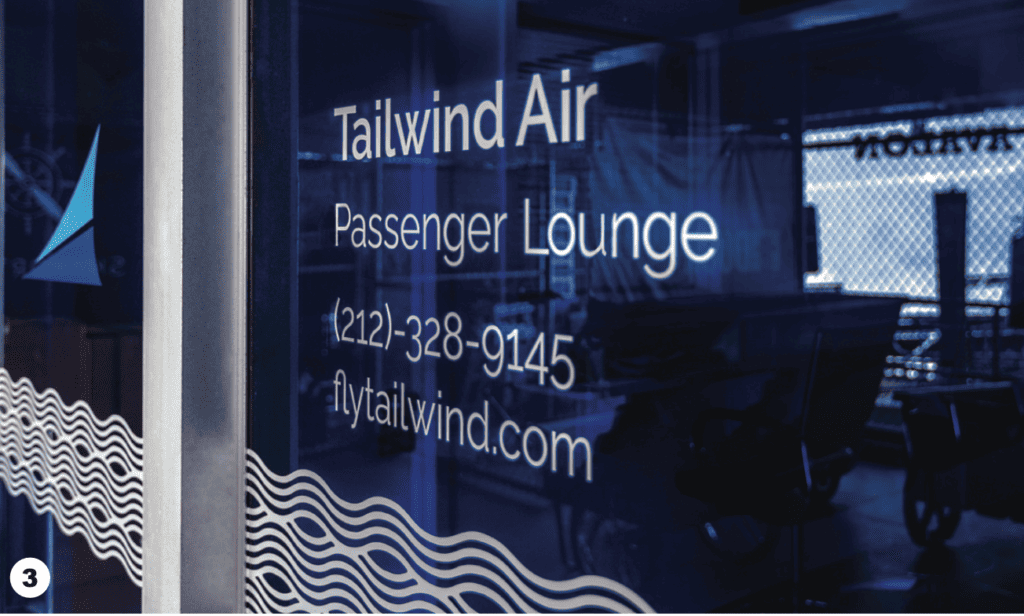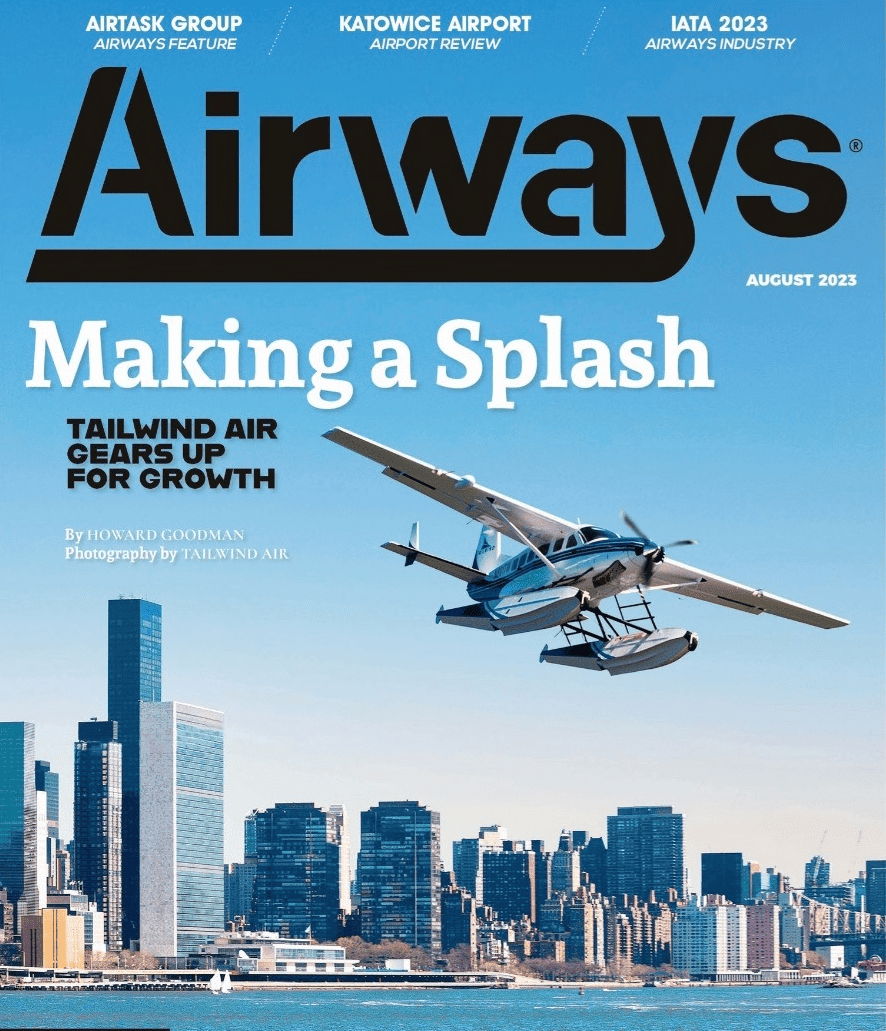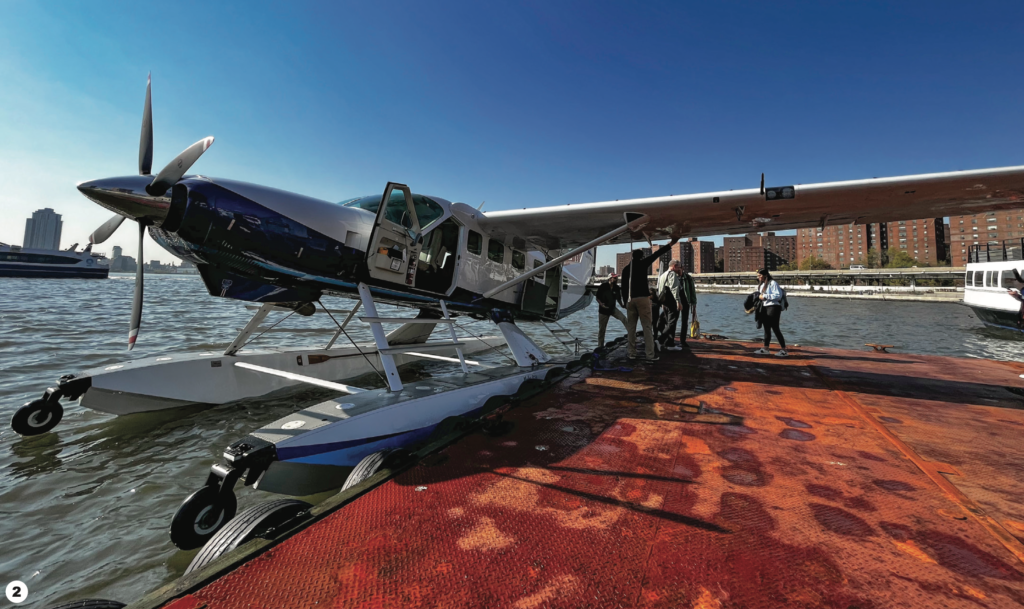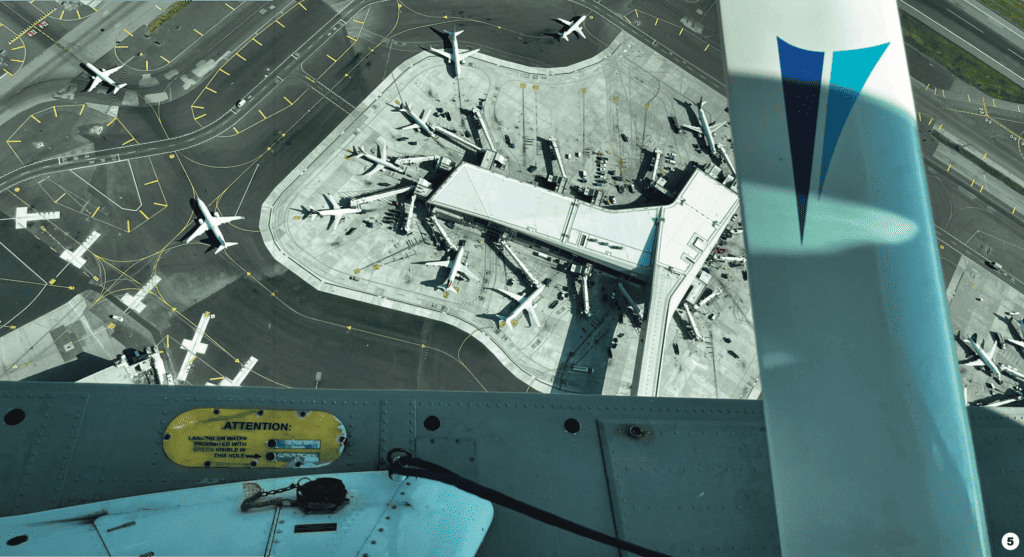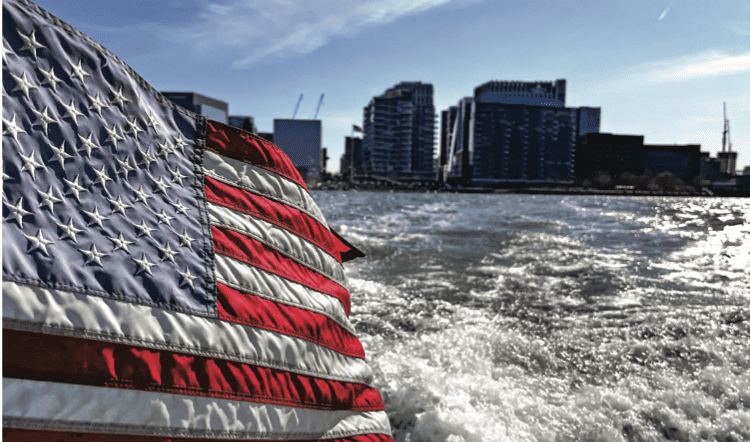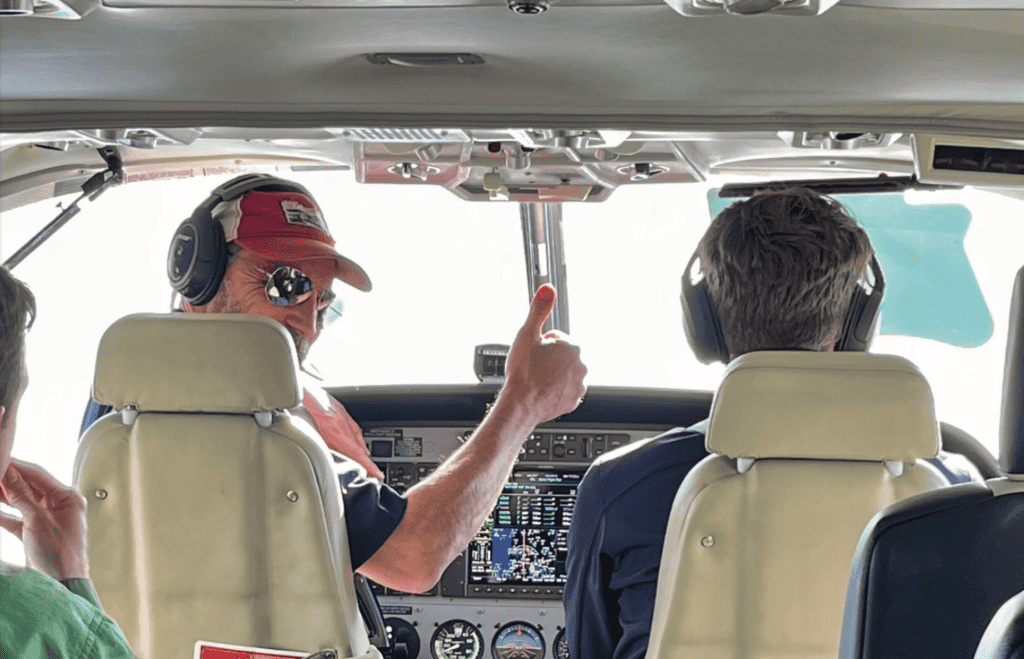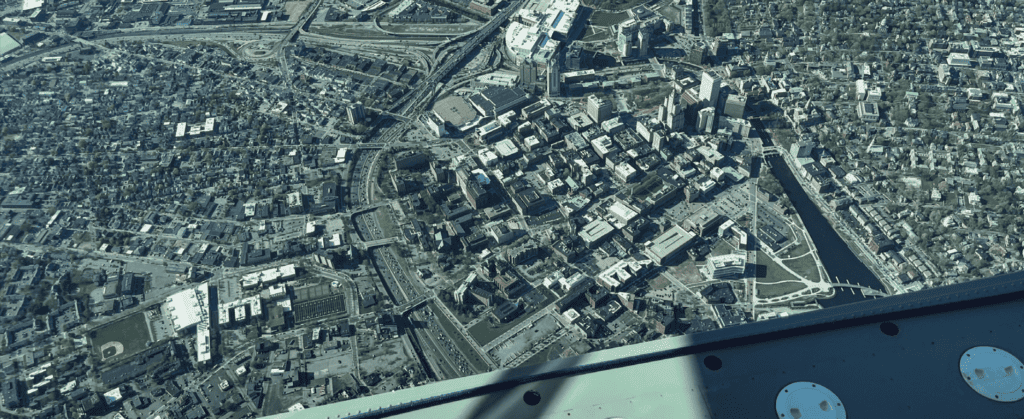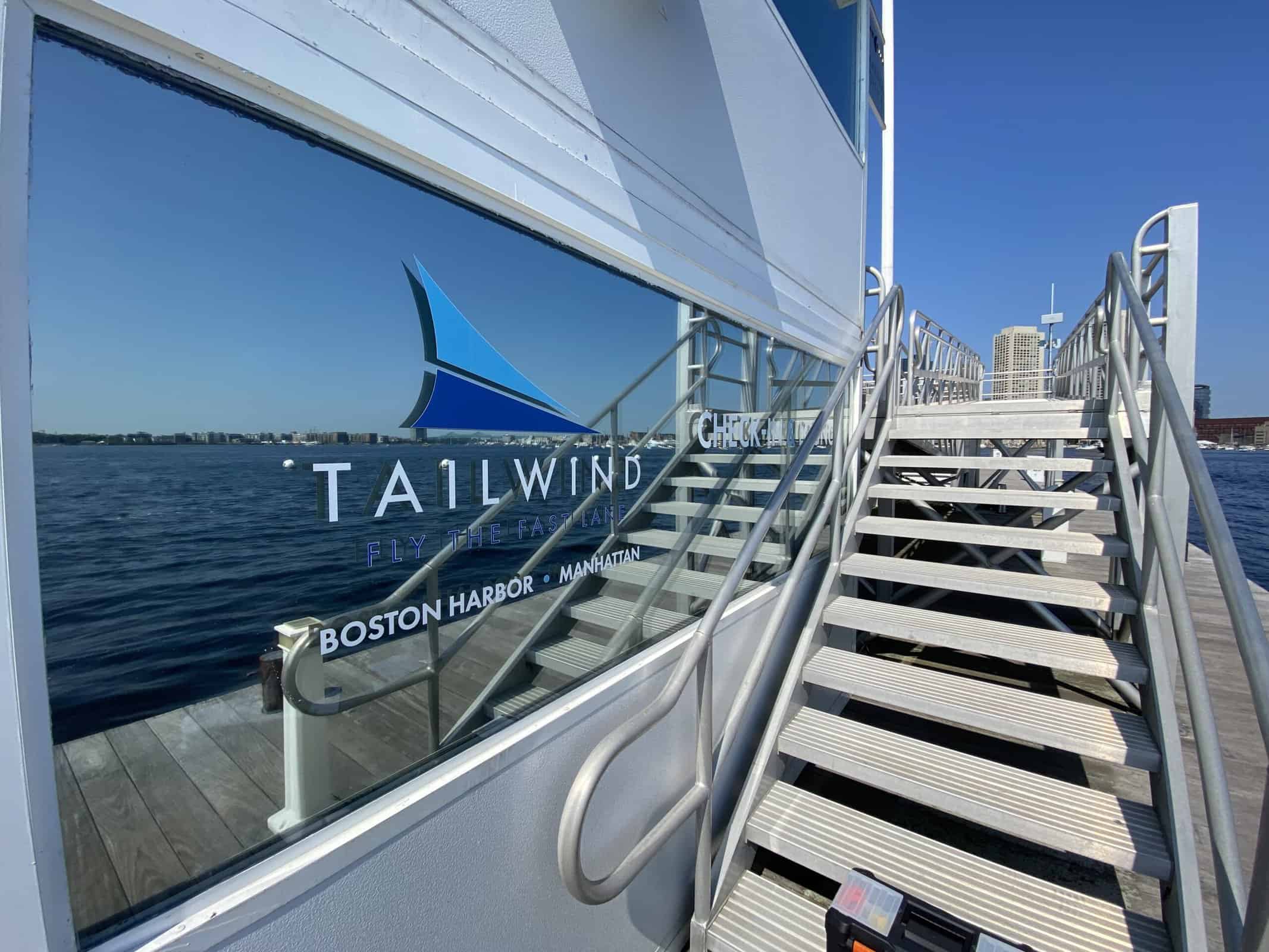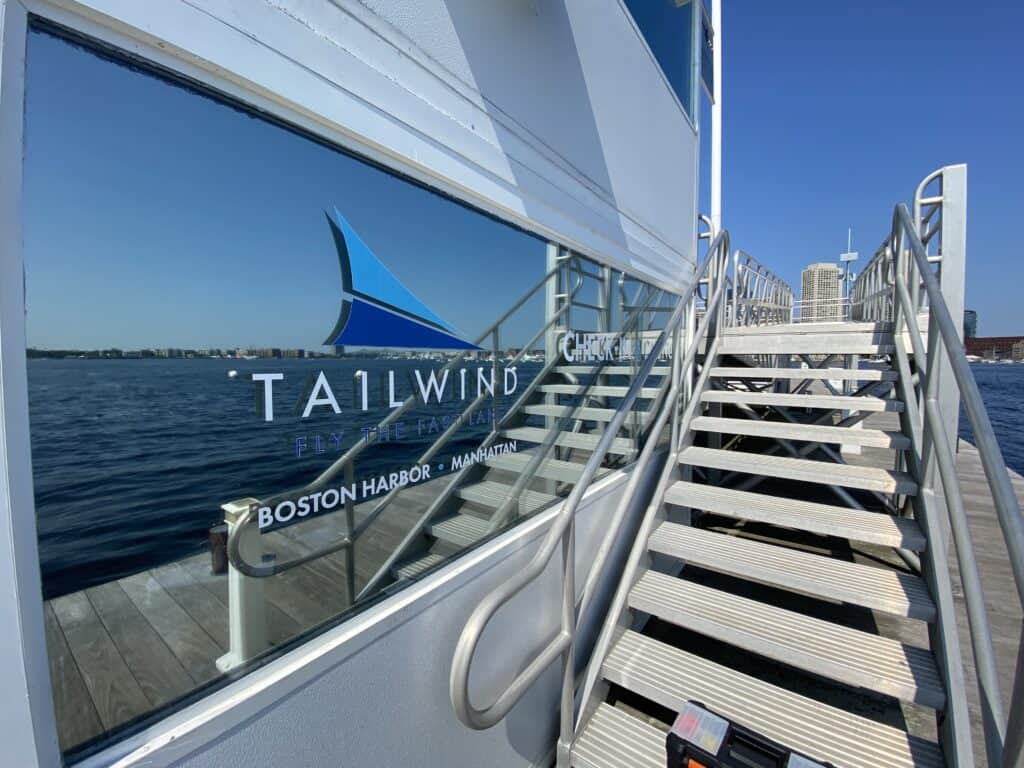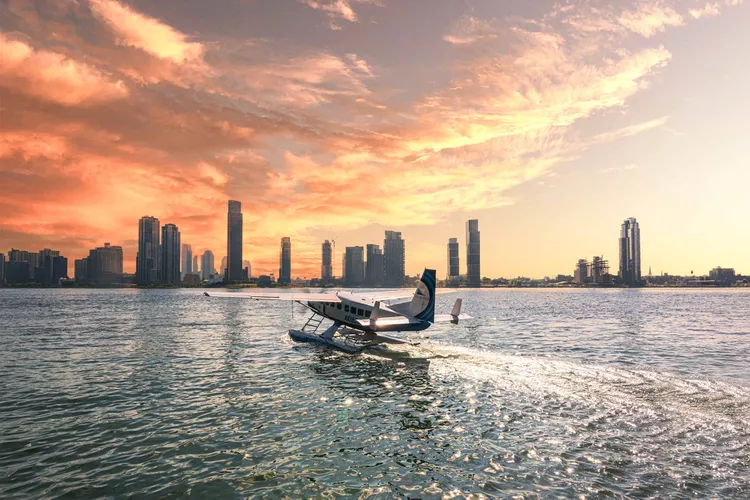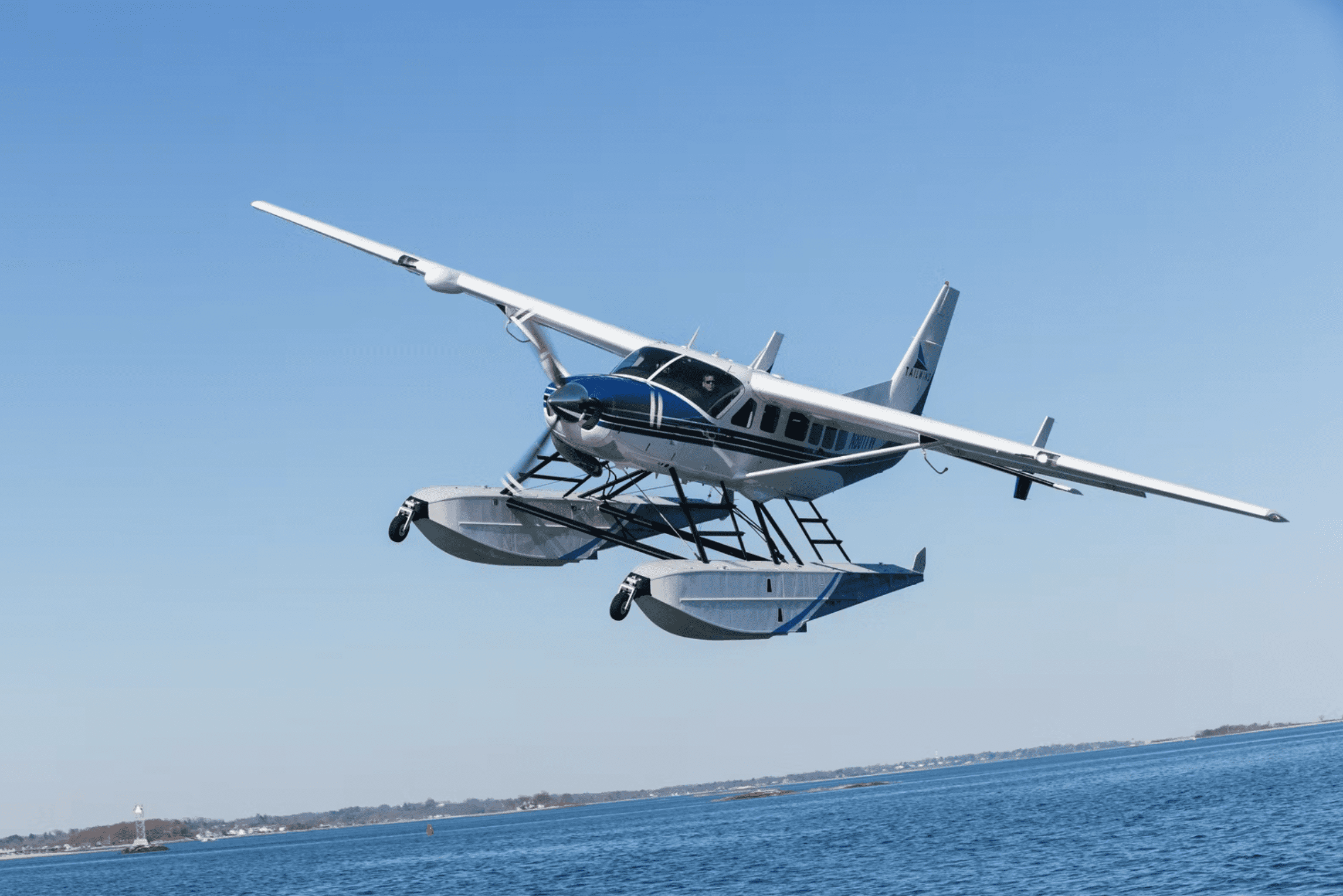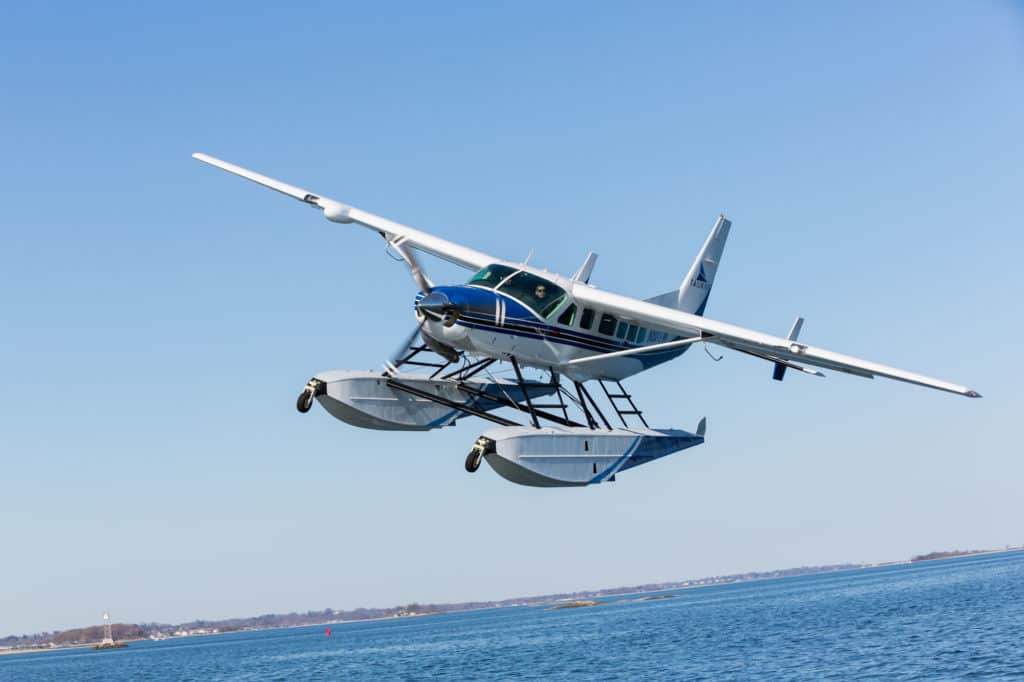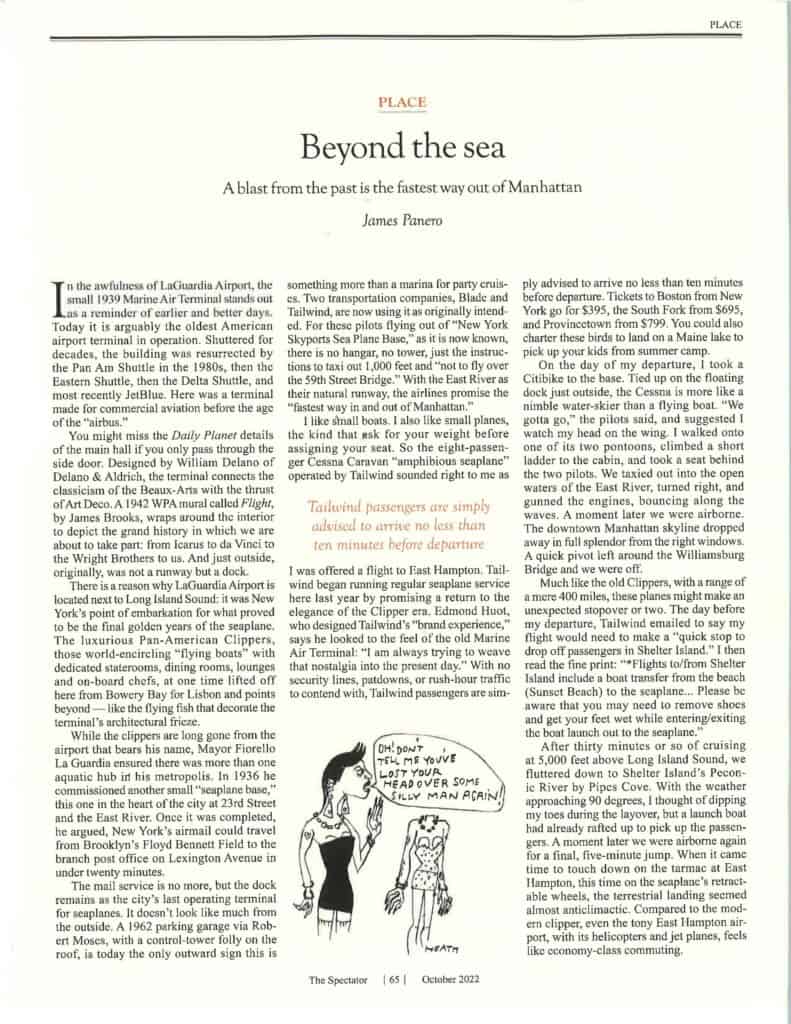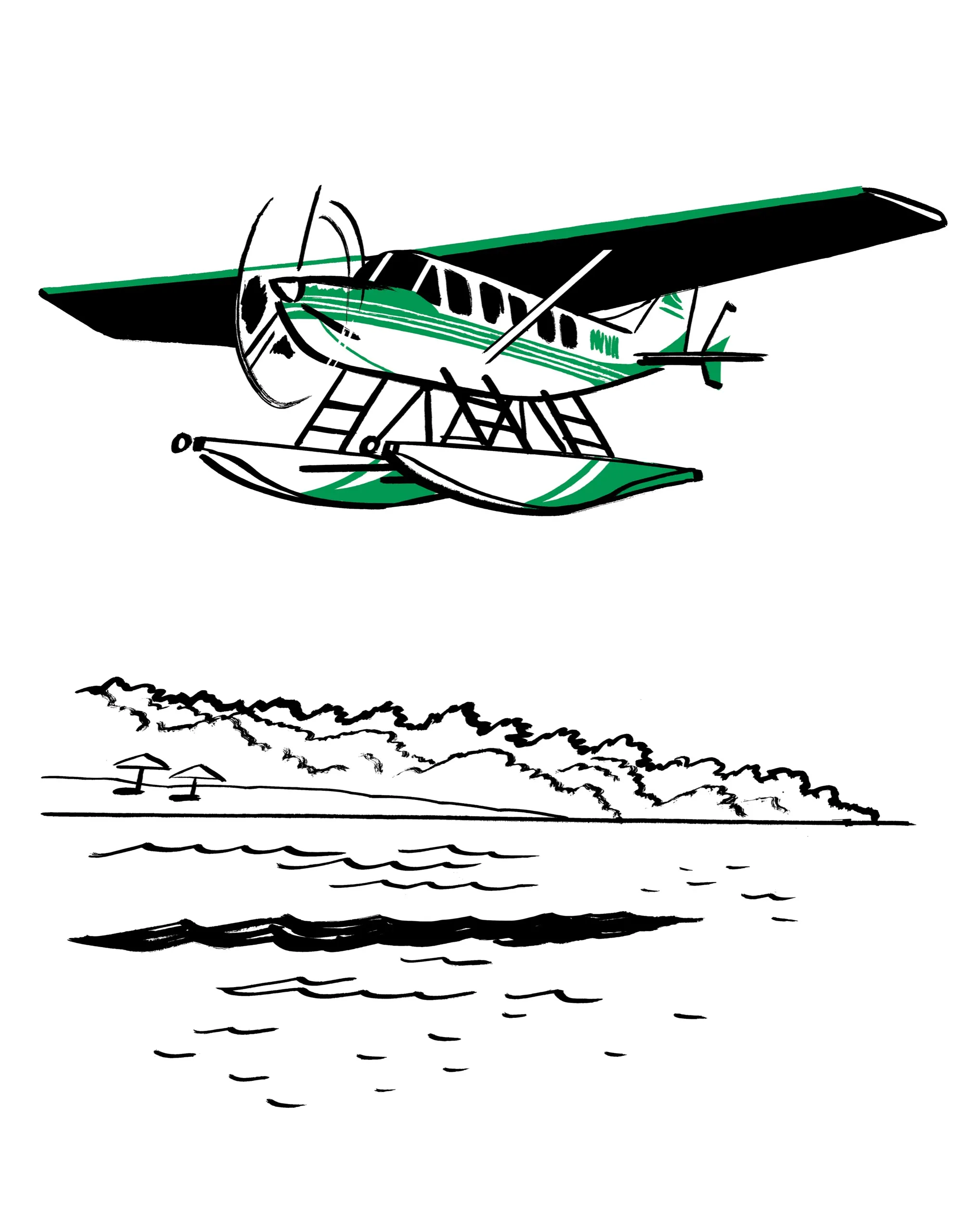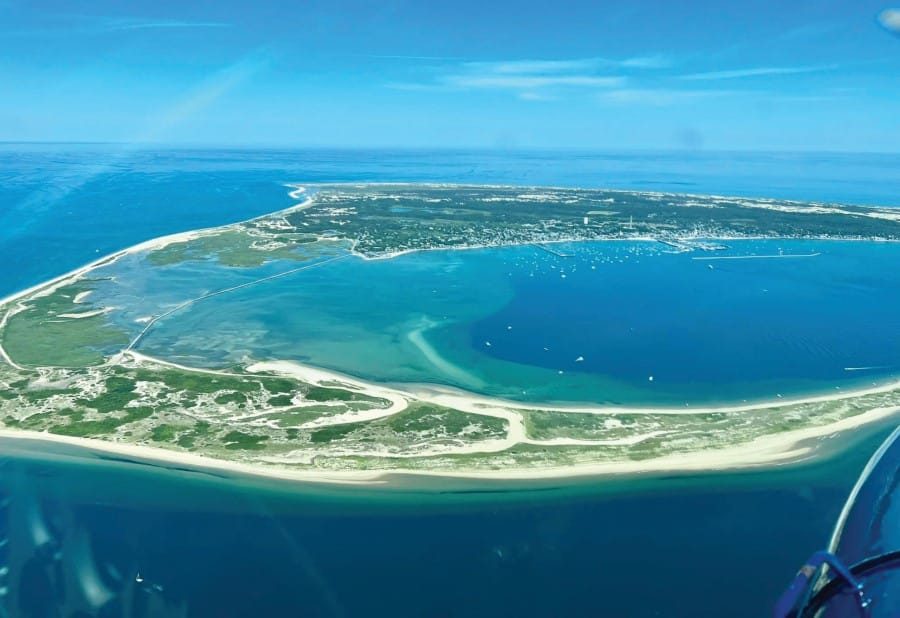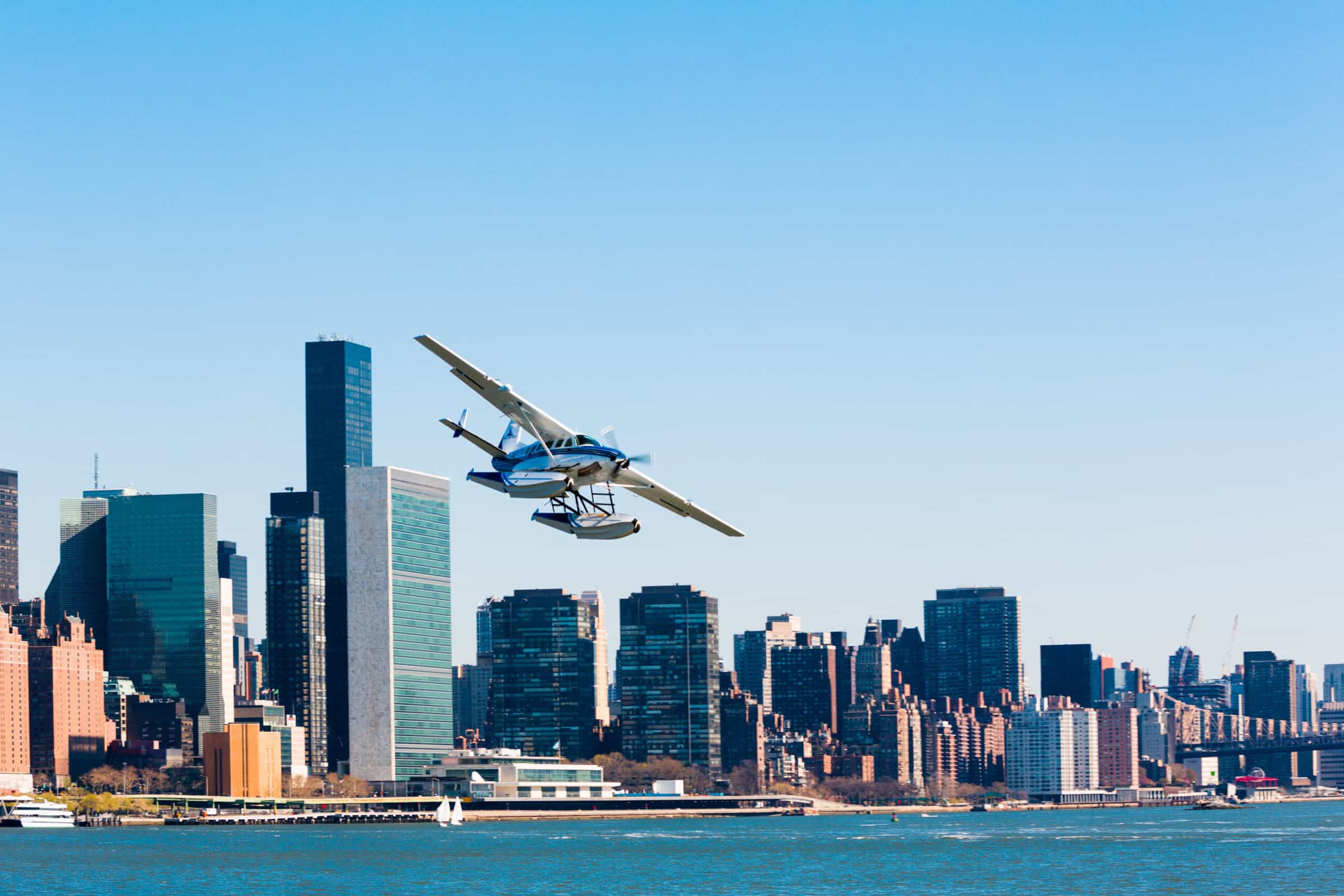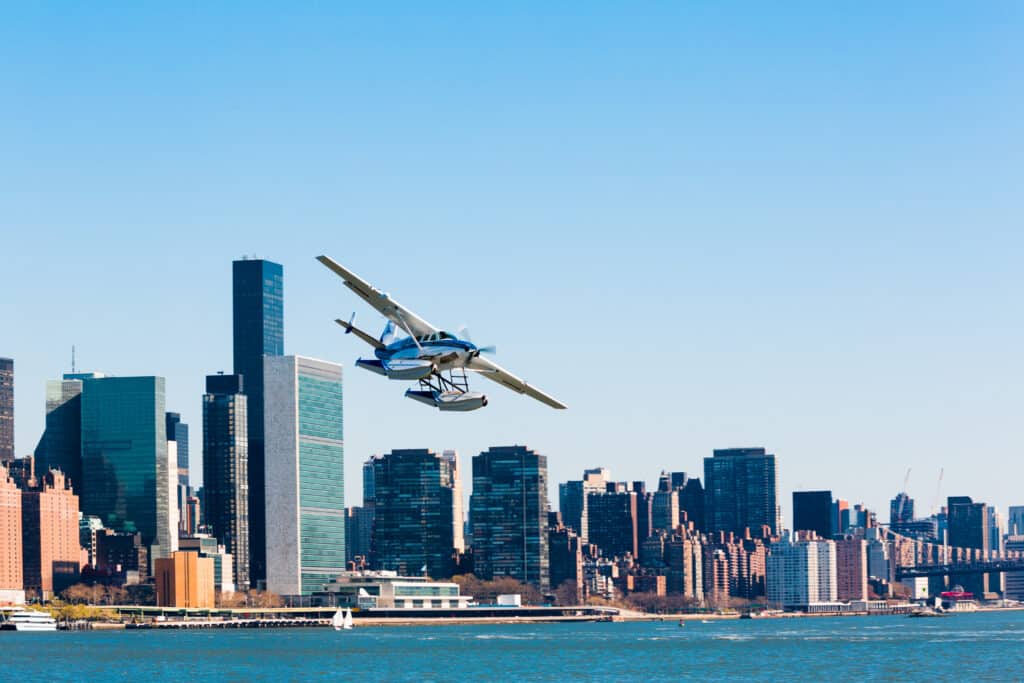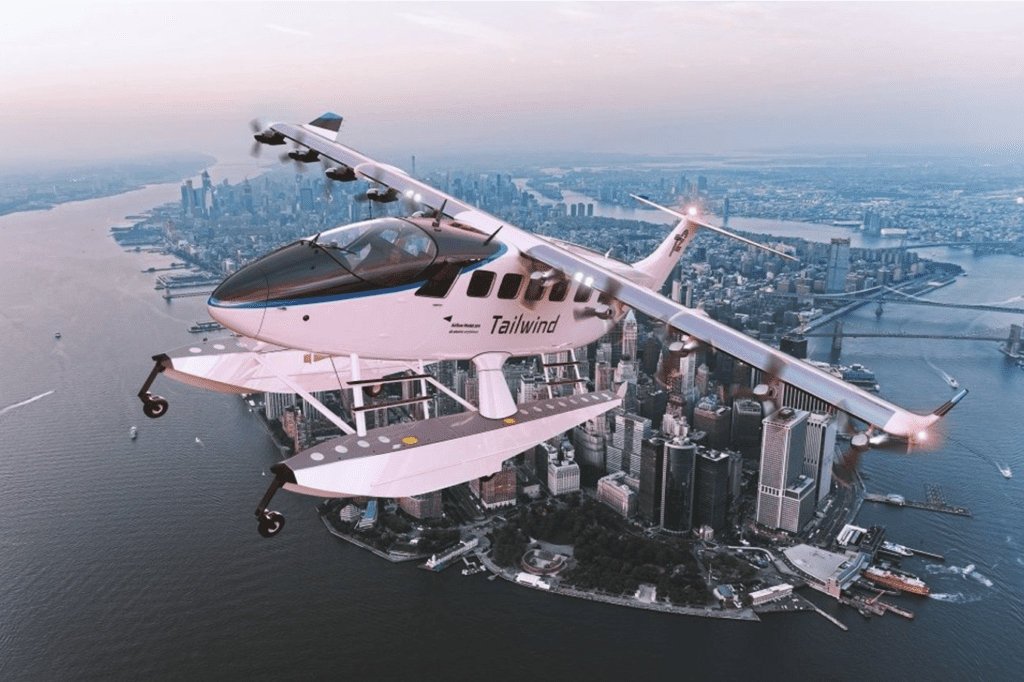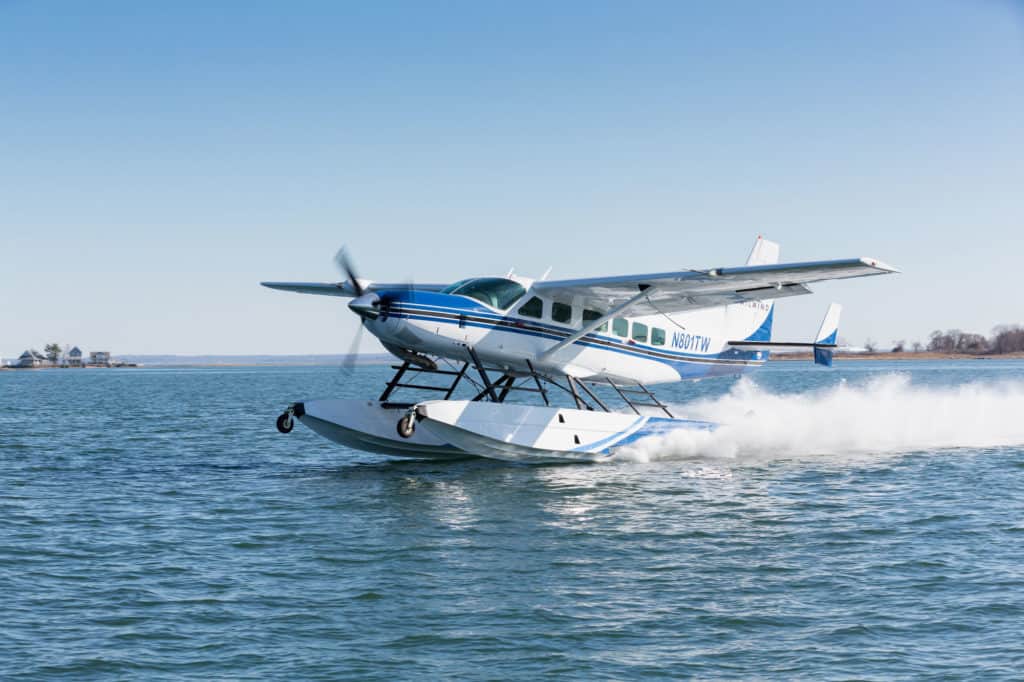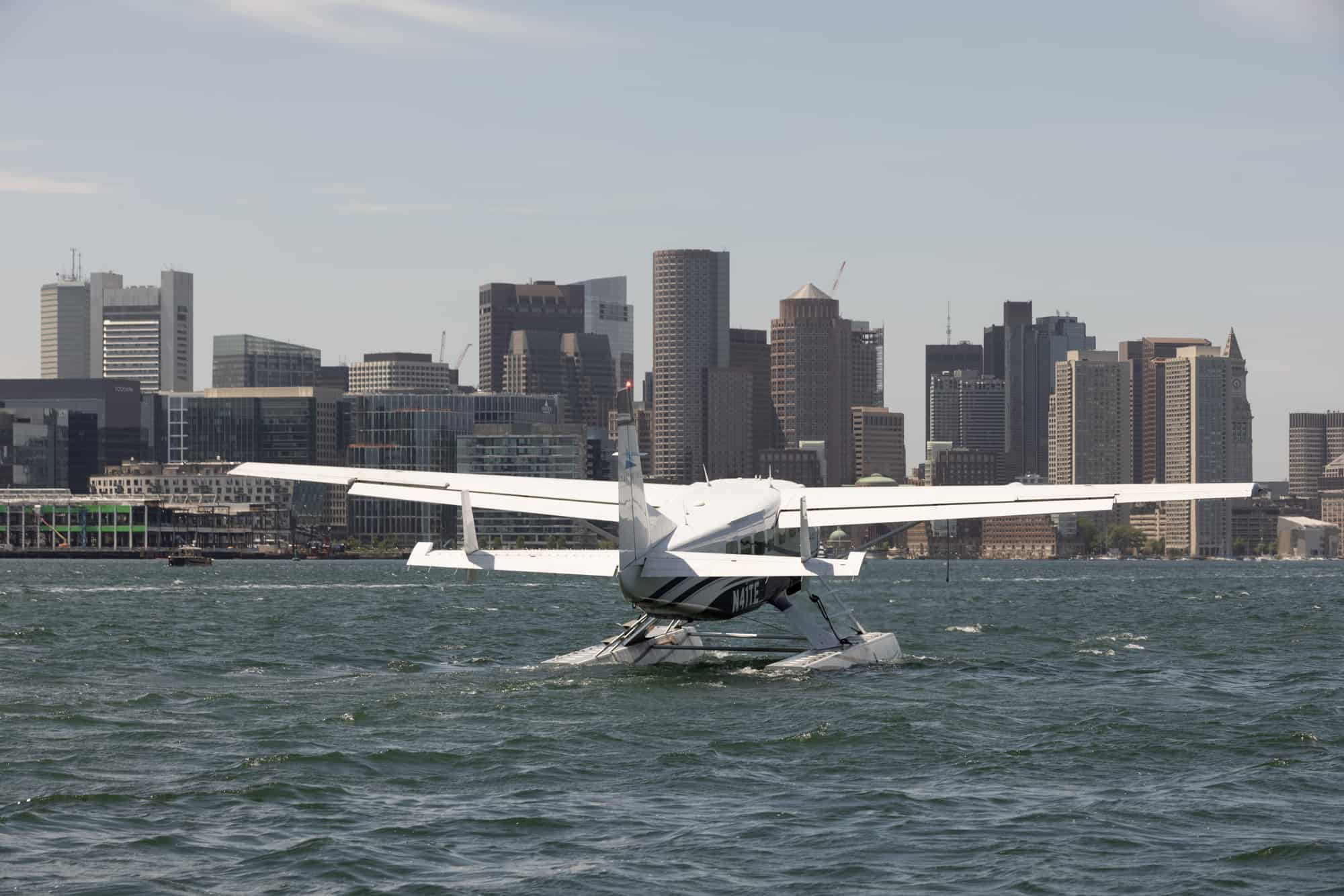There’s a Faster Boston-NYC Trip. You Just Have to Land on Water.
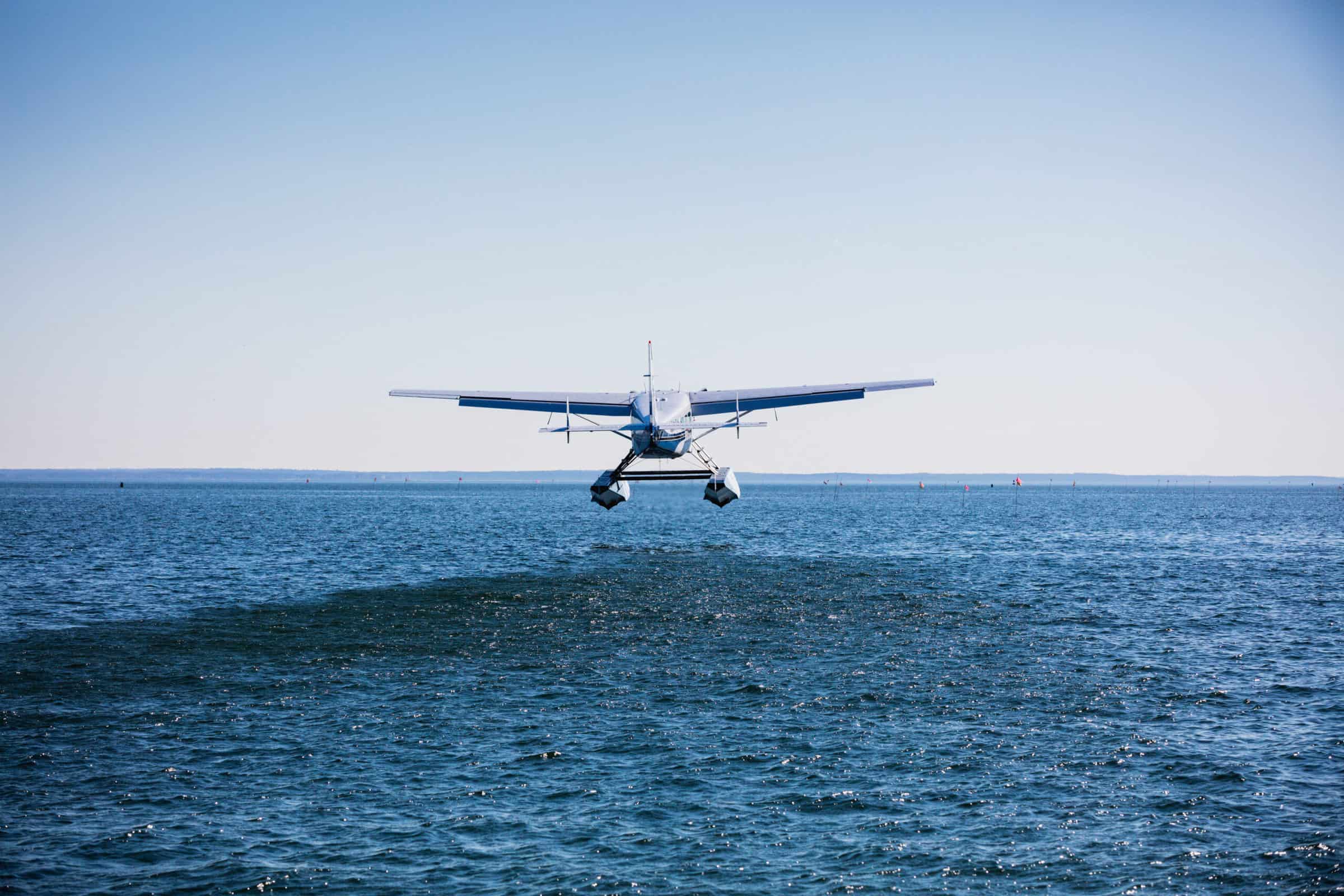
Old-fashioned seaplane service offers fliers the chance to reach city centers–and with a memorable landing alongside the skyline-for those willing to spend.
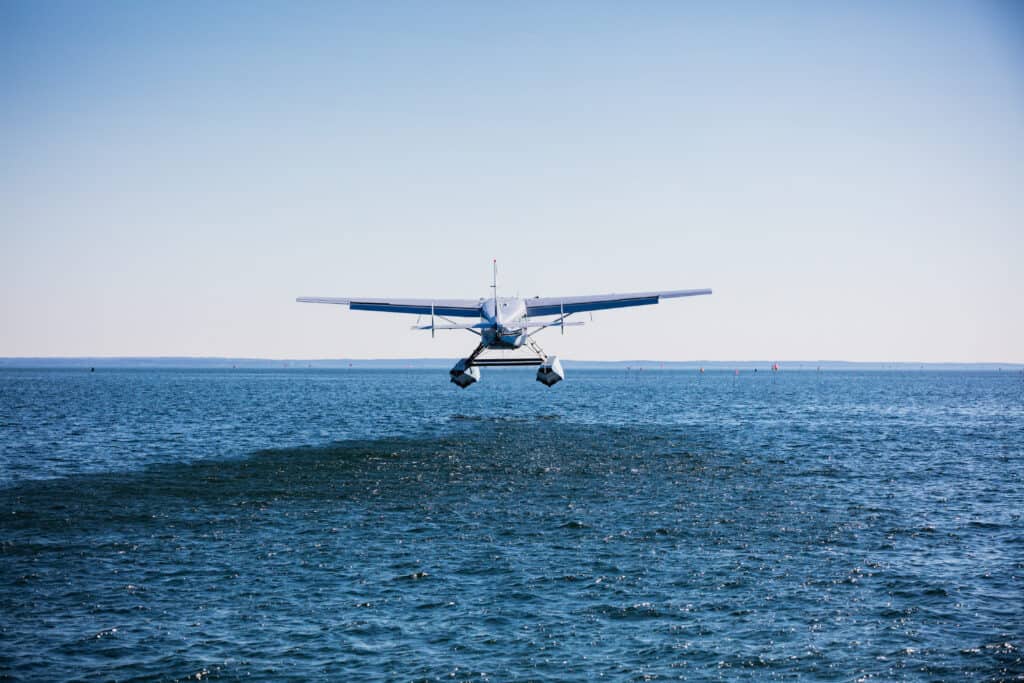
BOSTON – I’ve checked in for flights at tiny airports and mammoth hubs, but never at an oyster bar.
Until last week. Tailwind Air Flight 1257 to New York departs from Reel House Oyster Bar in the seaport district. The restaurant, with its $150 shellfish tower, is a fitting starting point for a seaplane voyage to New York that costs from $395 to $895 one way and lands in the East River, minutes from Midtown Manhattan.
Commercial flights are fast. But factor in tarmac delays, long security lines, plus traffic to and from the airport, and reaching your destination takes much longer. Seaplanes might offer a niche alternative for those who can afford more than a regular airline ticket but less than private flights, while delivering fliers closer to city centers.
Tiny Tailwind has been touting speedy, hassle-free service on the clogged travel route for nearly two years. Scheduled seaplane service is an anomaly in the Northeast but part of daily life in places like Seattle, Vancouver, British Columbia, and the universe of singer Jimmy Buffett. Co-founder and Chief Executive Alan Ram views seaplanes as forerunners to air taxis, but available now.
“It’s tried and true and it’s been around 100 years,” he says. “It’s away to get in and out of the city center without having to wait for some future technology.”
The scheduled flight time between the heart of Boston and New York on Tailwind’s eight- seat Cessna Caravan amphibious seaplanes: under 90 minutes. Anyone who’s taken a plane, train or automobile knows that this trip takes about four hours door to door on a good day.
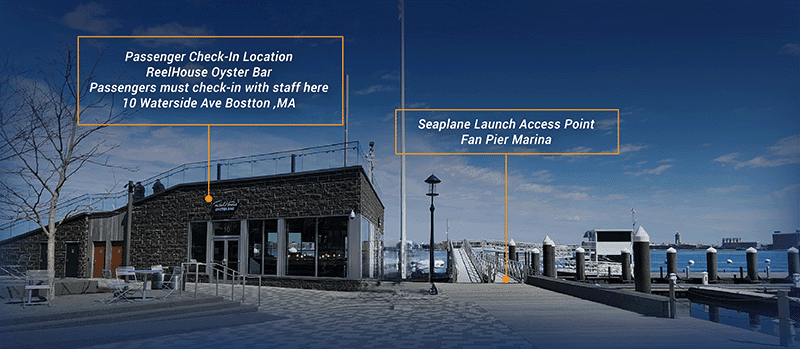
A shortcut to New York
I booked my flight from Boston Harbor (BNH) to Manhattan (NYS) for $495, buying the ticket online a week out. That compares with airline fares starting at $180 one-way and Amtrak Acela fares of $176 for business class or $337 for first class. The Wall Street Journal paid for the trip and the company wasn’t notified of my plans.
The closest I came to either city’s major airports was when we taxied by Boston Logan and flew 1,500 feet over New York LaGuardia, down from a peak altitude of 8,000. There was no security line — Tailwind says it makes sure passengers aren’t on a no-fly list — no crowded gates and no snaking lines for a taxi. But also no Wi-Fi or drink service beyond a small, self-serve red Igloo Playmate cooler at the back of the plane stocked with free sodas and Nantucket canned cocktails.
The trip was quick, sometimes scenic but not stress-free. I fretted about the strict 20-pound luggage weight limit. The oyster bar was difficult to find because it’s new and not in navigation apps. And parts of the flight were bumpy enough that another passenger’s puppy puked.
Tailwind requires passengers to show up 10 minutes before departure. For flights out of Boston, it suggests arriving early to enjoy the oyster bar. I showed up an hour before my 2:45 p.m.departure and, like any self-respecting jet-setter, ordered the $48 oysters — four Wellfleet oysters topped with tuna crudo, creme fraiche and caviar. A giant yacht called Kisses was docked next door.
Boarding Time
My phone pinged just before 2 p.m. A text from Tailwind said the flight was leaving on time but would arrive 38 minutes late in Manhattan because of an unexpected stop in East Hampton,N.Y. It blamed “operational changes with our seaplane fleet.” The company has three seaplanes to cover its weekly schedule of about 108 flights, nearly one-quarter of them between New York and Boston. Other destinations include Nantucket, Mass., and Newport, R.I.
A Tailwind rep arrived at the restaurant about 20 minutes before departure, toting a clear plastic container with a hand scale and other items inside. She found me at the bar, checked my ID to match it with my reservation and weighed my carry-on. I was 2 pounds over but didn’t have to take anything out because my flight wasn’t full. She eyed my backpack and slapped a white, magnetic Tailwind wristband on my wrist: my boarding pass.
Just before 3 p.m., three of us and a dog boarded a launch boat for a short ride across the harbor to the seaplane dock. By 3:05, we were all inside the seaplane.
Tailwind is a commuter airline, not a guided sightseeing tour, but the pilot suggested the fourth seat back on the left side for good views of the Zakim Bridge, one of the widest cable-stayed bridges in the world, the Charles River and Fenway Park. It was a good call.
We taxied on the water for several minutes and were airborne before 3:15 p.m. The ascent was pretty bumpy, and Aria, a border collie mix, immediately got sick.
Aria, who sports a Christian Louboutin collar, probably won’t be returning to the seaplane anytime soon, but her owner, 30-year-old New York attorney Nathan Noh, says he’s sold on it.
“I’ve always been looking for fast and easy ways to get between the two cities,” he says.
Our flight didn’t make the stop in East Hampton after all. The seaplane splashed down in the East River at 4:25p.m. We were at Skyport, New York’s seaplane terminal off East 23rd Street and the FDR Drive by 4:30 p.m. Even with a stop at Tailwind’s lounge, a space it shares with Blade Air Mobility, I checked into my Midtown hotel at 5:11 p.m., little more than two hours after the boat launch.
My return trip to Boston on Amtrak took three hours and 45 minutes, not counting travel time to and from the train stations. Tailwind took the crown for speed, hands down.
Advantage goes to Amtrak for comfort, productivity, perks and price.
A friend’s expiring first-class upgrade landed me in seat 14A, with a tray table, predeparture drinks and mixed nuts, chilled ginger shrimp for lunch and crème brûlée for dessert.
For a conversation starter, though, it will be hard to beat the time I coasted into Manhattan by seaplane.
